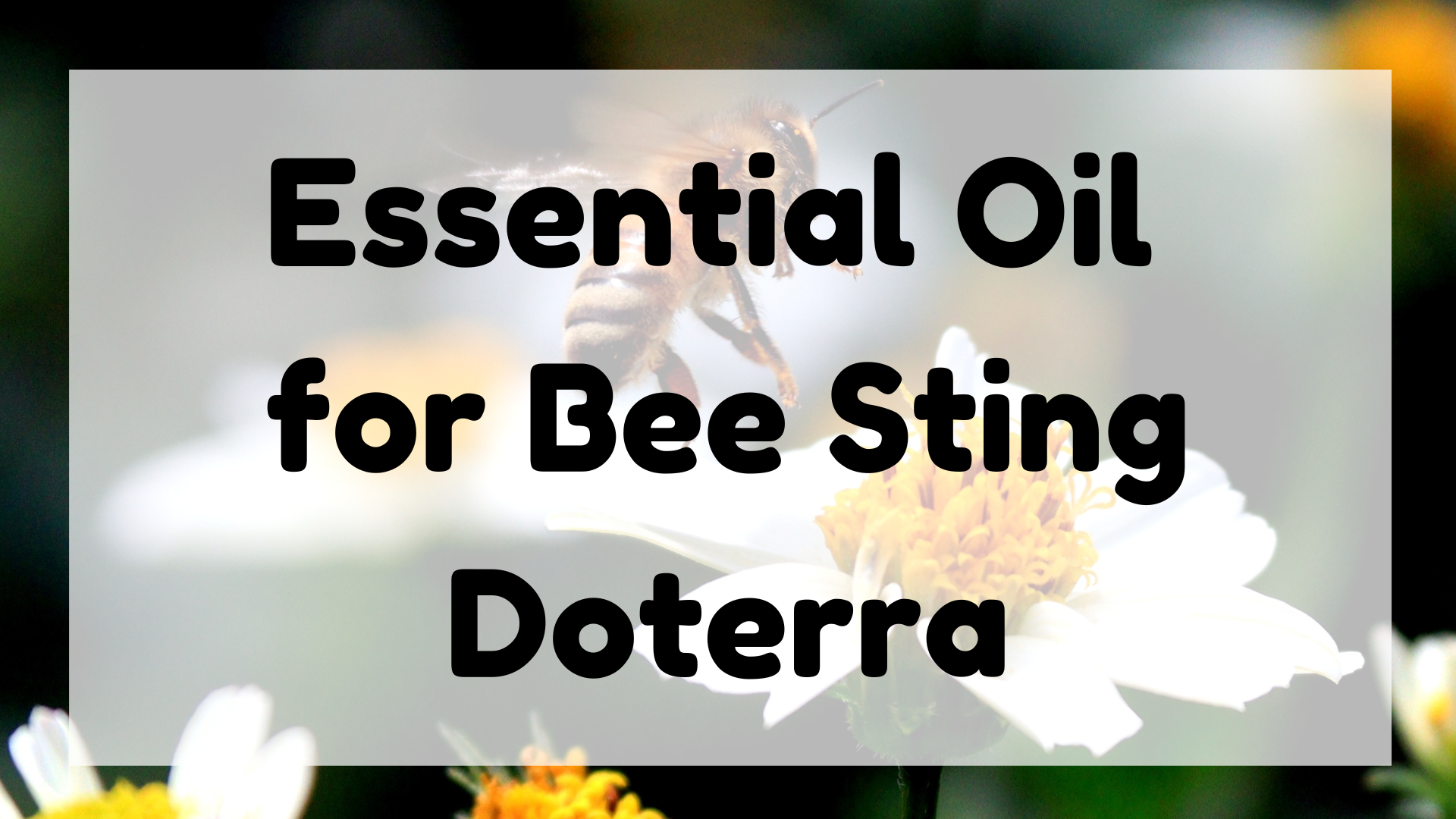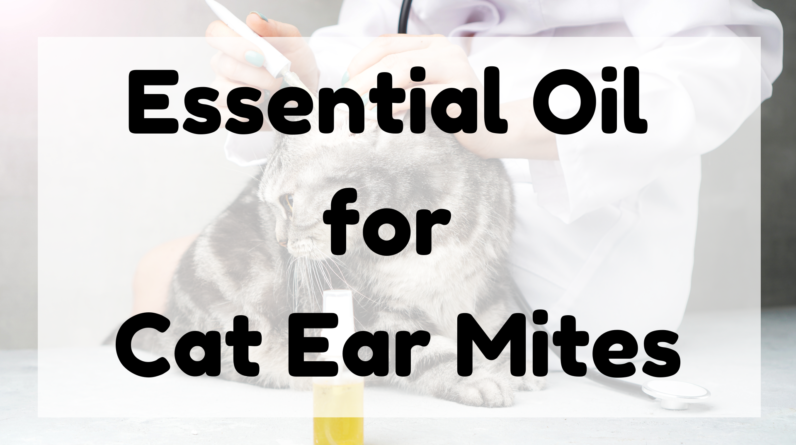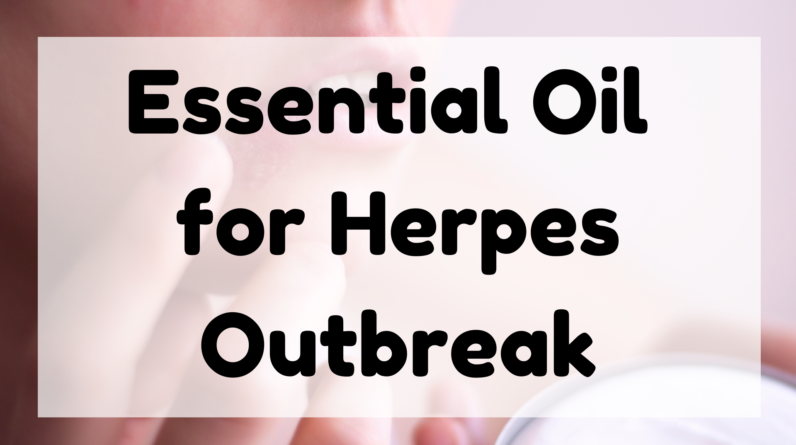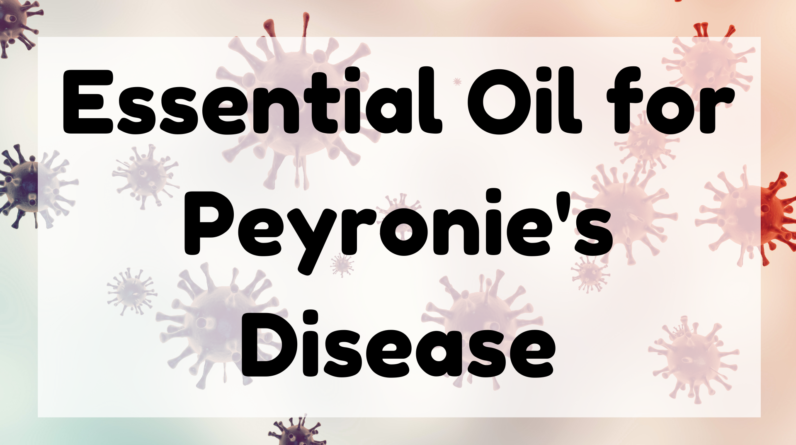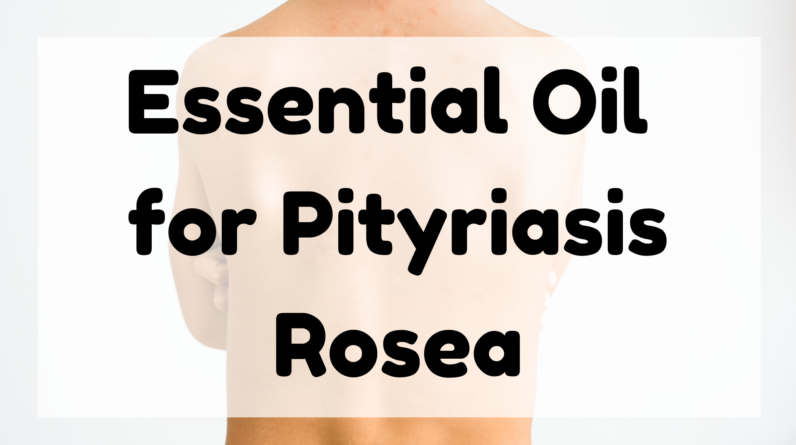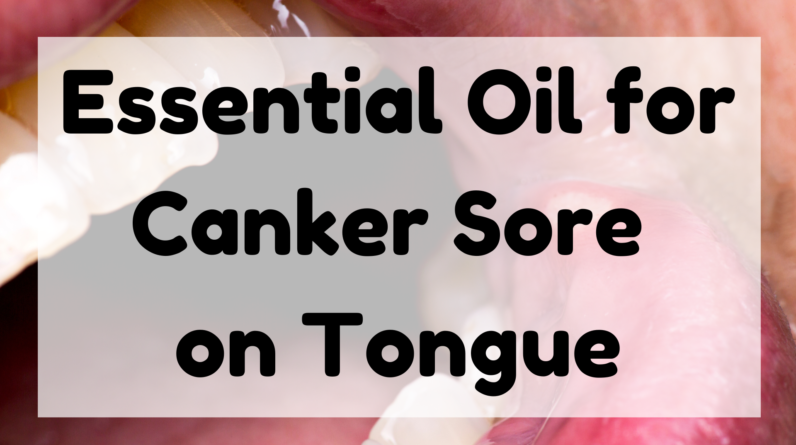Jump Ahead to:
Essential Oil for Bee Sting Doterra
What is an Essential Oil? What’s the Best Essential Oil for Bee Sting?
Read on to learn more.
In this article, we’ll discuss the symptoms of a bee sting, their properties, and how to choose the right essential oil for your needs.
We’ll also explore the causes of bee stings and some of the best essential oils to treat them.
What are Essential Oils
Its antiseptic properties can help prevent infection and can also reduce pain.
Lemon, eucalyptus, and spearmint are also excellent repellents.
But be careful!
The essential oils that eucalyptus and citrus hate is toxic to wasps!
The main function of essential oils for bee stings is to neutralize the venom and minimize any subsequent reactions.
Their effectiveness varies from person to person, and some people have reported varying levels of success using these natural remedies.
Those who are not allergic to the oil may not experience any benefits from it, but the toxicity of the essential oil may have already caused the sting to begin.
If you are allergic to any essential oil, be sure to check with a doctor for more information.
These essential oils are highly concentrated extracts of plants.
Essential oils are widely used for their therapeutic and cleaning properties.
They are even beneficial for a bee sting.
If you’ve had an unpleasant experience, apply a few drops of the oil to the area to reduce swelling, irritation, and itching.
Lavender is usually considered an oil for stress relief, but it can actually speed up the healing process.
Lavender helps soothe skin and reduce inflammation, and it works as an antiseptic and anti-inflammatory.
It also has antibacterial properties and can help heal wounds.
The effects of lavender are quite impressive!
Tea tree: This essential oil is extracted from the leaves and twigs of the tea tree.
It has many benefits, including being a natural antiseptic, antispasmodic, and stimulating.
It’s helpful for a variety of conditions, including pain, aching muscles, and even sleep disorders.
If you’re considering using essential oils, be sure to choose a high-quality, certified pure oil.
Properties of Essential Oils
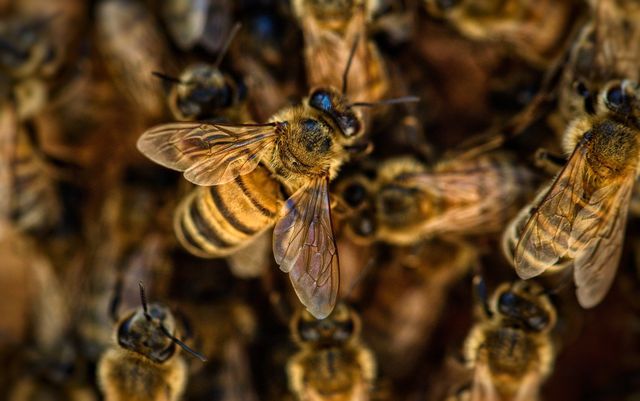
For best results, mix the essential oils with a carrier oil before using them.
Grapeseed oil is a good choice as it has astringent properties.
You can apply the mixture twice a day.
Applying a drop or two of the essential oil directly to the sting will help relieve the pain and inflammation.
A few essential oils are particularly useful for bee stings.
Cedarwood oil can help reduce the swelling and redness of a bee sting.
Cedarwood oil comes from Morocco and is steam-distilled without any additives.
Basil is also an effective natural antibacterial and antiviral.
It can also help prevent an infection in the wound.
Lavender is another essential oil that can help relieve pain and inflammation.
This oil is known to have antibacterial and antifungal properties that can help control the bleeding of bee stings.
Lavender is soothing to the skin and helps speed up wound healing.
It is also an analgesic and is very effective against insect bites.
Its soothing fragrance can also help relieve stress and anxiety.
This oil is best for bee stings.
Most essential oils for bee stings have antihistamine and anti-inflammatory properties.
They are also effective in neutralizing the venom in a bee sting.
Besides this, essential oils are great for preventing infection and offering pain relief.
Some people may not see any benefits from using essential oils, however, and they should still seek medical advice for more advanced treatment.
However, it is important to note that essential oils are not effective against all types of bee stings.
Essential oils can be applied directly to the skin or mixed with carrier oils for topical use.
Some oils can be applied directly to the sting, including lavender oil.
However, it is important to dilute them first before applying.
You may want to dilute them with a carrier oil first to ensure safety and effectiveness.
It is also important to choose pure essential oils over synthetic versions.
Cause of Bee Sting
There are several natural remedies for the Cause of Bee Sting.
For starters, toothpaste can be applied to the sting site for ten to twenty minutes.
Also, apple cider vinegar is a scientifically proven antiseptic that can help reduce inflammation and soothe the affected area.
Applying a paste of this substance to the affected area can reduce inflammation and pain.
This solution can be applied to a bandage to provide extra relief.
The most common cause of allergic reactions to insect stings is a yellowjacket’s venom.
They typically nest in walls or the ground and are disturbed by outdoor activity.
Bees are generally not aggressive, but Africanized varieties have been known to sting humans several times.
The venom from honeybees contains several allergens, including phospholipase, hyaluronidase, and melittin.
The venom produced by bees can be deadly if not treated immediately.
It can cause a severe allergic reaction or even fatal anaphylaxis. It can also cause a variety of health problems.
The average person can tolerate ten stings per pound of body weight.
Children can only withstand about one hundred stings, while adults can endure up to eleven hundred stings.
Wear protective clothing and do not approach the stung animal.
Injured animals may bite unexpectedly or aggravate the bees.
Allergic reactions to bee stings are a common side effect of the venom.
The pain and swelling that follows are the most common symptoms.
Swelling and redness typically occur within minutes after the sting and can last anywhere from one to two hours.
Sometimes, hives are present and may be accompanied by nausea and vomiting.
A rash may develop, but this is unlikely to be a serious condition.
If you notice any of these symptoms, seek medical attention immediately.
Antihistamines can help reduce swelling and itching.
Although anaphylactic reactions to bee stings are rare, severe ones can lead to life-threatening complications.
If you are allergic to bee stings, carry an EpiPen or a similar device at all times.
If you are stung while outdoors, administer the epinephrine to yourself or someone else.
If you are not allergic to bee stings, the most common cure for the Cause of Bee Sting is to keep track of your symptoms.
Best Essential Oil for Bee Sting
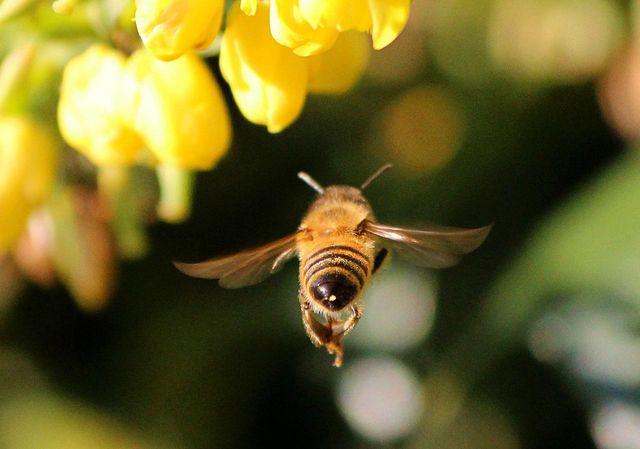
The herb is known for its antibacterial and antiseptic properties, which can help ease the pain and swelling.
It has long been used as a pain reliever, thanks to its calming and antibacterial properties.
Tea tree oil is another effective choice. It can reduce swelling and is also a powerful antiseptic.
Adding a few drops of tea tree oil can also help treat a bee sting.
If you’re worried that peppermint won’t work, you can try a blend of spearmint and peppermint to make a paste.
While lavender may sound overpowering, it’s a great choice for bee sting relief.
Lavender has a soothing effect on the skin and has anti-inflammatory and pain-relieving properties.
It also reduces the possibility of infection and allergic reactions.
Use this remedy in combination with other remedies to get the relief you need.
Just be sure to consult a medical professional before attempting any home remedy for bee stings.
Lemon, lavender, and chamomile are effective essential oils for bee stings.
Lemongrass is a popular essential oil, but grapeseed oil is also good for the skin.
They are easy to absorb and have anti-inflammatory effects.
Grapeseed oil and calendula oil both have anti-inflammatory properties.
For best results, combine the essential oils with a carrier oil before applying them to the sting.
If you are unsure of the carrier oil, consult your physician.
Peppermint essential oil is another excellent choice for repelling bees.
This oil is widely available in diluted form for plants, which makes it a natural and safe option for use around the home.
Just make sure to dilute it properly.
Always follow the manufacturer’s guidelines when using essential oils.
If you don’t want the oil to cause harm to you or your pets, use peppermint oil instead.
NEXT Essential Oil For Baby Gas
Legal and Medical Disclaimer
Information provided on the site is for educational purposes only, and does not substitute for professional medical advice.
You MUST consult a medical professional or healthcare provider if seeking medical advice, diagnoses, or treatment.
We do not provide any medical advise.


